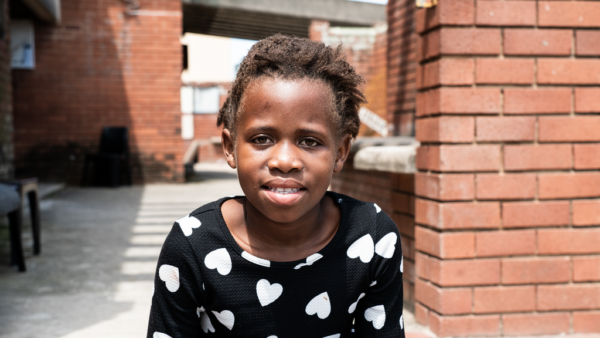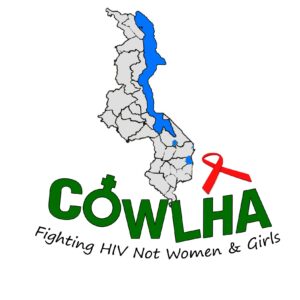Background
The project will be implemented in Thyolo, Chiradzulu and Nkhatabay districts. These districts have been selected based on having the highest percentage of paediatric HIV infection in Malawi as of June, 2023 (Directorate of HIV, STI and Viral Hepatitis) for children 0-14 years with a total of number of 1,832 (1.1%) in Chiradzulu, 3,475 (1%) in Thyolo and 1,089 (.08%) in Nkhatabay.
Thyolo has many tea plantations making people especially men move from one tea estate to another and mostly leaving their spouses at home. This increases risk of contracting HIV and also many women are left at home with little or no child support. In Chiradzulu, a large part of the population comprises subsistence farmers. High levels of poverty in the district forces many into transactional sex. Nkhata Bay has a large percentage of fishermen. Factors that exacerbate high HIV prevalence include the proximity of Lake Malawi. It is common for fishermen to exchange fish for sex. Girls as young as 14 get involved in transactional sex with fishermen in exchange of fish.
Study in Malawi revealed that the overall incidence of dropping out of antenatal care was 23.5 per 100 women in 2018. Besides, there are also mothers who give birth through traditional birth attendants and are not enrolled in antenatal programmes. There are also high levels of stigma and discrimination, loss to follow up cases, challenges with disclosure, lack of acceptance of ones HIV status and weak advocacy towards services.
Objectives
The project goal aims to eliminate vertical transmission and ensure all children living with HIV and their mothers live healthy and full lives. The objectives are as follows:
- To make sure all children living with HIV are found, and supported to start and continue their treatment and live healthy lives
- Appropriate and child-friendly HIV treatment is available, accessible and affordable for all children and their caregivers
- All pregnant women living with HIV receive treatment and their children are born and remain HIV free
About the Kids to Care Model
The Aidsfonds Kids to Care model empowers communities to strengthen the links between communities and health facilities to find, test, treat and retain children, and pregnant and lactating mothers, living with HIV in care. The Kids to Care model is built on the following foundation principles:
- Community-owned and community-led
- Builds on existing community structures
- Child and family centred
- Builds on government frameworks and policies
- Key stakeholders are meaningfully involved from the beginning
- Interventions are informed by data
- Committed to sustainability and long-term support
More about the Kids to Care model can be found here





